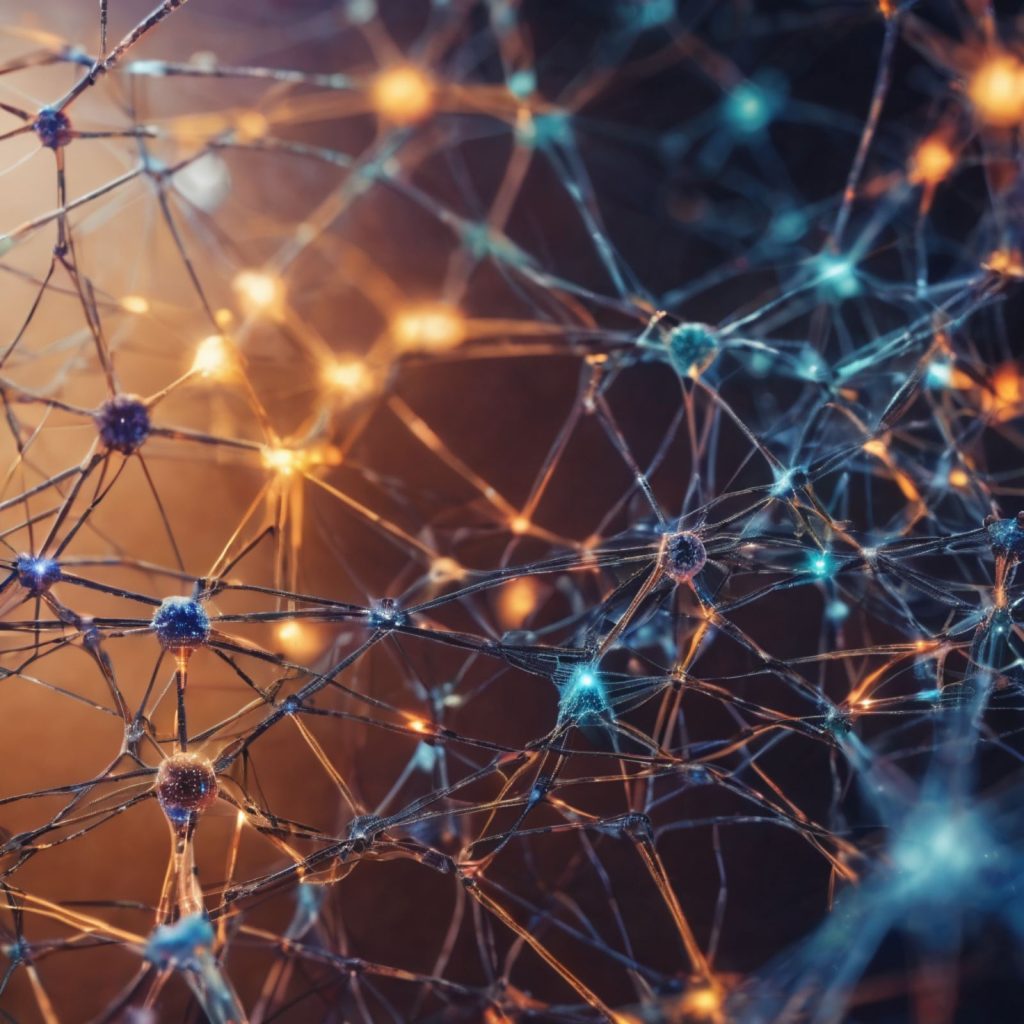Introduction
Artificial Intelligence (AI) is revolutionizing industries worldwide, powering advancements in technology previously deemed impossible. At the core of AI lies neural networks, sophisticated algorithms inspired by the human brain’s neural structure. Understanding how AI works, particularly through neuron networks, unveils the mechanics behind its remarkable capabilities.
Understanding Neurons
Neurons serve as the building blocks of neural networks, mimicking the functionality of biological neurons in the human brain. These computational units process and transmit information through electrical and chemical signals. Structurally, a neuron consists of three main components: the cell body (soma), dendrites, and an axon. The soma integrates incoming signals from dendrites, while the axon transmits signals to other neurons.
Types of Neural Networks
Neural networks come in various architectures, each tailored for specific tasks. Feedforward these networks, the simplest form, propagate information in one direction without feedback loops. Recurrent neuron networks, on the other hand, exhibit dynamic temporal behavior by feeding outputs back into the network. Convolutional networks excel in tasks involving image recognition, employing convolutional layers to extract features from input data. Generative adversarial networks consist of two competing neural networks, generating synthetic data while discerning it from real data.
How Neural Networks Learns
AI learns through a process akin to human learning, albeit at a much faster pace. During the training process, neural networks are exposed to vast amounts of labeled data, enabling them to learn patterns and relationships. Backpropagation, a key algorithm in AI, adjusts the network’s parameters iteratively to minimize the difference between predicted and actual outputs. Activation functions introduce non-linearity to neuron networks, enabling them to model complex relationships within data.
Applications of Neural Networks
The versatility of AI finds applications across diverse domains, ranging from image recognition to natural language processing and robotics. In image recognition, neural networks analyze pixel data to identify objects and patterns within images. Natural language processing enables machines to understand and generate human language, powering virtual assistants and language translation tools. Robotics harnesses AI to enhance autonomy and decision-making capabilities in machines, enabling tasks ranging from automated manufacturing to autonomous vehicles and gaming.
Challenges and Limitations
Despite its groundbreaking potential, AI faces challenges and limitations that warrant attention. Data quality and quantity significantly influence AI’s performance, underscoring the importance of robust datasets for training. Interpretability remains a concern, as complex neural networks often operate as black boxes, hindering understanding of their decision-making processes. Ethical considerations, such as biases in AI algorithms and concerns over job displacement, prompt ongoing discourse on responsible AI development and deployment.

Future of AI
The future of AI promises continued advancements fueled by relentless research and innovation. Breakthroughs in AI technology hold the potential to reshape industries, improve quality of life, and address complex societal challenges. However, ethical and regulatory frameworks must evolve alongside AI to ensure responsible development and deployment, fostering a future where AI serves as a tool for positive transformation.



